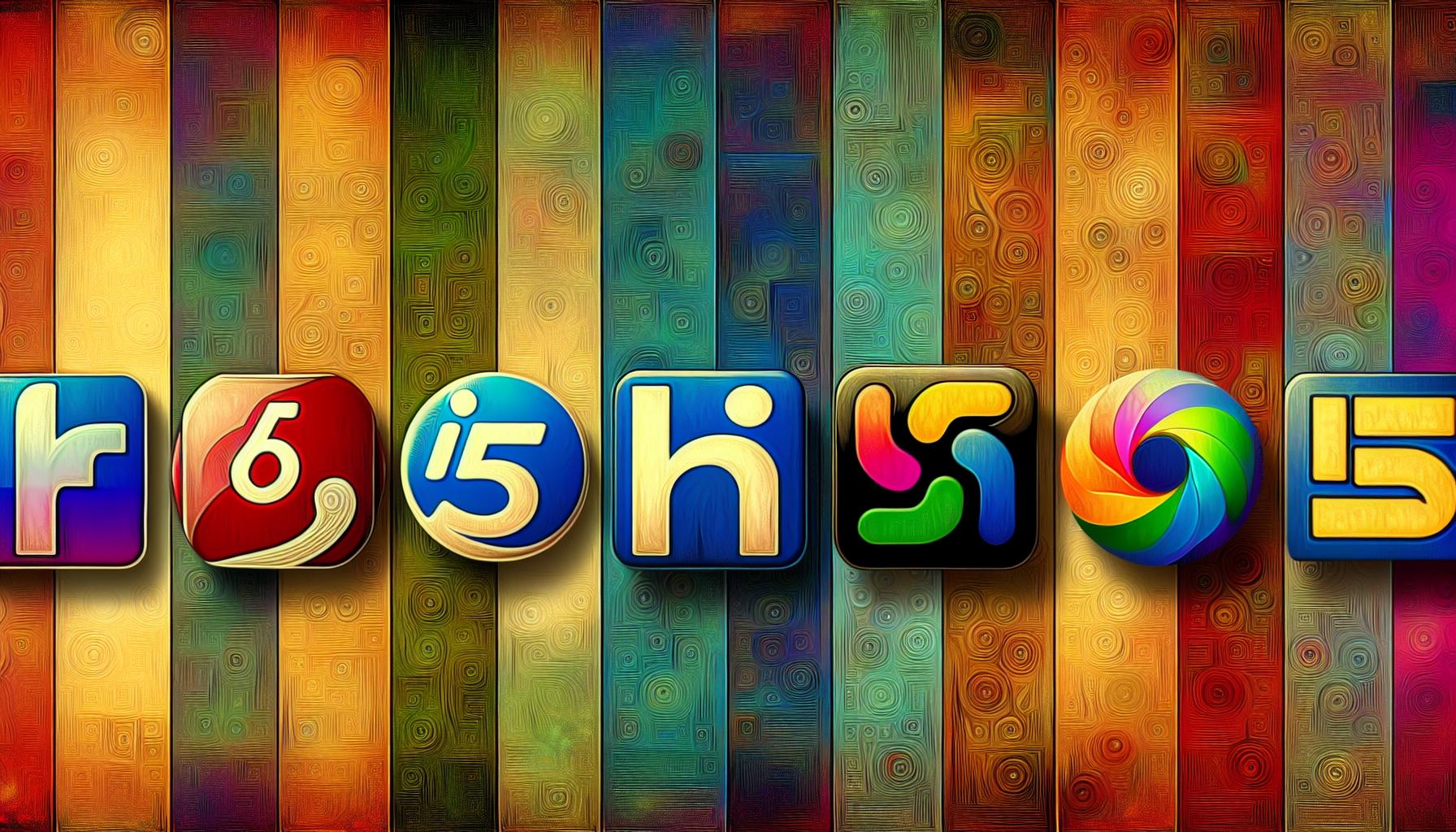Old Social Media Apps
- Old social media apps like MySpace and Friendster played pivotal roles in shaping online interactions and established foundational features still relevant today.
- Customization was a key feature of early platforms, allowing users to express individuality and creativity, particularly on MySpace.
- Connectivity options focused on building friend networks and relationships, highlighting the importance of social connections in digital spaces.
- The decline of these apps occurred due to increased competition from newer platforms, performance issues, and a lack of innovation to meet evolving user demands.
- Old apps influenced cultural shifts and changes in communication styles, paving the way for modern social networking trends.
- Understanding the lessons from these old platforms can inform the strategies of current social media businesses regarding user experience, innovation, and mobile optimization.
In a world dominated by platforms like Instagram and TikTok, it’s easy to forget the social media apps that once ruled the digital landscape. These old social media apps paved the way for the online interactions we experience today. From MySpace’s customizable profiles to the simplicity of Friendster, each platform left a unique mark on social networking.
As technology evolves, many of these once-popular apps have faded into obscurity, yet their influence remains. Exploring these forgotten platforms reveals not just nostalgia but also the changing dynamics of online communication. Understanding their rise and fall offers valuable insights into what users seek in social media today.
Overview of Old Social Media Apps
Old social media apps played a crucial role in shaping online interaction patterns. MySpace emerged in 2003 as a prominent platform, enabling users to customize profiles, share music, and connect with friends. It reached its peak with over 100 million users in 2006 before declining in popularity.
Friendster, launched in 2002, offered users a novel approach to connect with friends through a social network. It pioneered features like user profiles and friend connections, attracting millions within its first few years. However, it struggled with performance issues and eventually lost its user base, transitioning to a gaming site in 2011.
Other notable apps include Bebo and Hi5. Bebo, created in 2005, targeted teenagers and focused on multimedia sharing. It once attracted 40 million users globally but failed to innovate, leading to its decline. Hi5, launched in 2004, catered primarily to users in Latin America and introduced features such as photo sharing and messaging. It experienced considerable growth, hitting 60 million users in 2007 but could not sustain this momentum.
These platforms influenced current social media trends with their unique features and user engagement methods, reflecting the initial desires of users for connectivity and expression.
Key Features of Old Social Media Apps

Old social media apps featured distinct characteristics that differentiated them from today’s platforms. Understanding these features provides insight into their popularity and user engagement.
User Interface
User interfaces of early social media apps prioritized customization and user engagement. Platforms like MySpace allowed users to personalize profiles with unique backgrounds, music playlists, and custom HTML coding. This level of customization fostered creativity and self-expression, providing users with a sense of ownership over their online presence. Friendster focused on simplicity with a visually clean layout that emphasized connections between friends. Additionally, Bebo’s user-friendly interface emphasized multimedia sharing, encouraging users to engage with photos and videos seamlessly.
Connectivity Options
Connectivity options in old social media apps emphasized friend networks and relationship-building. Most platforms operated on the premise of connecting users with friends, family, and acquaintances. Friendster enabled users to create friend lists, making it easy to navigate social circles. MySpace featured a similar functionality but allowed for broader connections through profile views and music sharing. Platforms like Hi5 catered to specific demographics, enabling users to connect based on regional interests, while Bebo introduced options for tagging friends in multimedia content. These connectivity features established a foundation for social interactions that are still relevant today.
Popular Old Social Media Apps

Several vintage social media apps made significant contributions to online interactions, setting the stage for modern platforms. Here’s a closer look at some of these iconic apps.
Friendster
Friendster emerged in 2002, establishing itself as a pioneer in social networking. It introduced users to profile creation, friend connections, and messaging features. During its peak, it attracted over 3 million users in just a few months. Despite its initial success, performance issues led to user frustration, causing a steady decline in active users. By 2011, Friendster shifted its focus to gaming, marking the end of its original social network model.
MySpace
MySpace launched in 2003 and quickly became a cultural phenomenon. At its height in 2006, it boasted over 100 million users. MySpace offered extensive customization options, allowing users to design their profiles using HTML and CSS. The platform focused heavily on music sharing, attracting numerous artists and musicians seeking exposure. By 2011, MySpace struggled to compete with Facebook’s rise, leading to its decline and eventual rebranding as a music-centric platform.
Bebo
Bebo debuted in 2005, appealing primarily to teenagers. It provided unique features, like video and photo sharing, along with customizable profile layouts. Users could engage in interactive storytelling through polls and quizzes, enhancing its social appeal. Bebo thrived in the late 2000s, amassing 40 million users globally. However, the platform faced competition from other social networks. In 2013, it underwent revamps in attempts to regain relevance but ultimately faded from the forefront of social media.
The Impact of Old Social Media Apps on Society

Old social media apps significantly influenced societal norms and behaviors. Their designs and functionalities shaped how individuals interacted online, creating a foundation for modern social networking.
Cultural Influence
Old social media apps triggered major cultural shifts. MySpace popularized profile customization, enabling users to express themselves creatively, which set the stage for personal branding. Friendster introduced the concept of social connections online, emphasizing that friendships could exist outside physical spaces. Bebo captivated the youth demographic with features like video sharing and games, influencing trends in pop culture and communication styles. Hi5’s focus on Latin American communities fostered cultural exchanges through shared interests and content, enriching users’ experiences.
Changes in Communication
Old social media apps transformed communication methods. MySpace encouraged users to engage more openly, using music and personal content to convey emotions. Friendster took a revolutionary approach to connection through friend recommendations, promoting a web of relationships that defined social interaction. Bebo’s multimedia sharing paved the way for dynamic conversations, integrating visual and auditory elements without the need for extensive text. Collectively, these platforms introduced new formats for interaction, fostering immediacy in communication. The legacy of these changes continues to shape modern messaging and social interactions on platforms like Facebook and Instagram.
The Transition to Modern Social Media
The evolution from old social media apps to modern platforms reflects user preferences and technological advancements. This transition showcases the need for improved features, user engagement, and overall performance.
Reasons for Decline
- Increased Competition: Platforms like Facebook and Twitter emerged with stronger features, drawing users away from older apps.
- Performance Issues: Friendster’s lagging speed and crashes frustrated users, leading to migration to more reliable alternatives.
- Lack of Innovation: Static functionalities of older apps became obsolete as users sought more dynamic experiences.
- Shifting Demographics: Changing user preferences, especially among younger generations, shifted focus towards apps prioritizing mobile usability and real-time interactions.
- Failure to Adapt: Many platforms struggled to evolve with changing technological advancements, resulting in loss of user interest.
- Importance of User Experience: Engaging interfaces and seamless navigation significantly enhance user retention.
- Need for Innovation: Regularly upgrading features keeps platforms competitive and relevant.
- Understanding User Demographics: Tailoring experiences for specific age groups increases engagement and growth.
- Data Security Measures: Prioritizing user privacy fosters trust, essential for long-term success.
- Mobile Optimization: Designing for mobile users is crucial as the majority access social networks through mobile devices.
Shaping the Digital Landscape
Old social media apps played a pivotal role in shaping the digital landscape. They introduced features that encouraged creativity and connection long before the rise of today’s giants. While many of these platforms have faded into obscurity, their influence remains evident in modern social networking practices.
The lessons learned from their successes and failures continue to inform the development of current platforms. As users seek new ways to engage and connect online, the legacy of these early apps serves as a reminder of the importance of adaptability and innovation in the ever-evolving world of social media.

